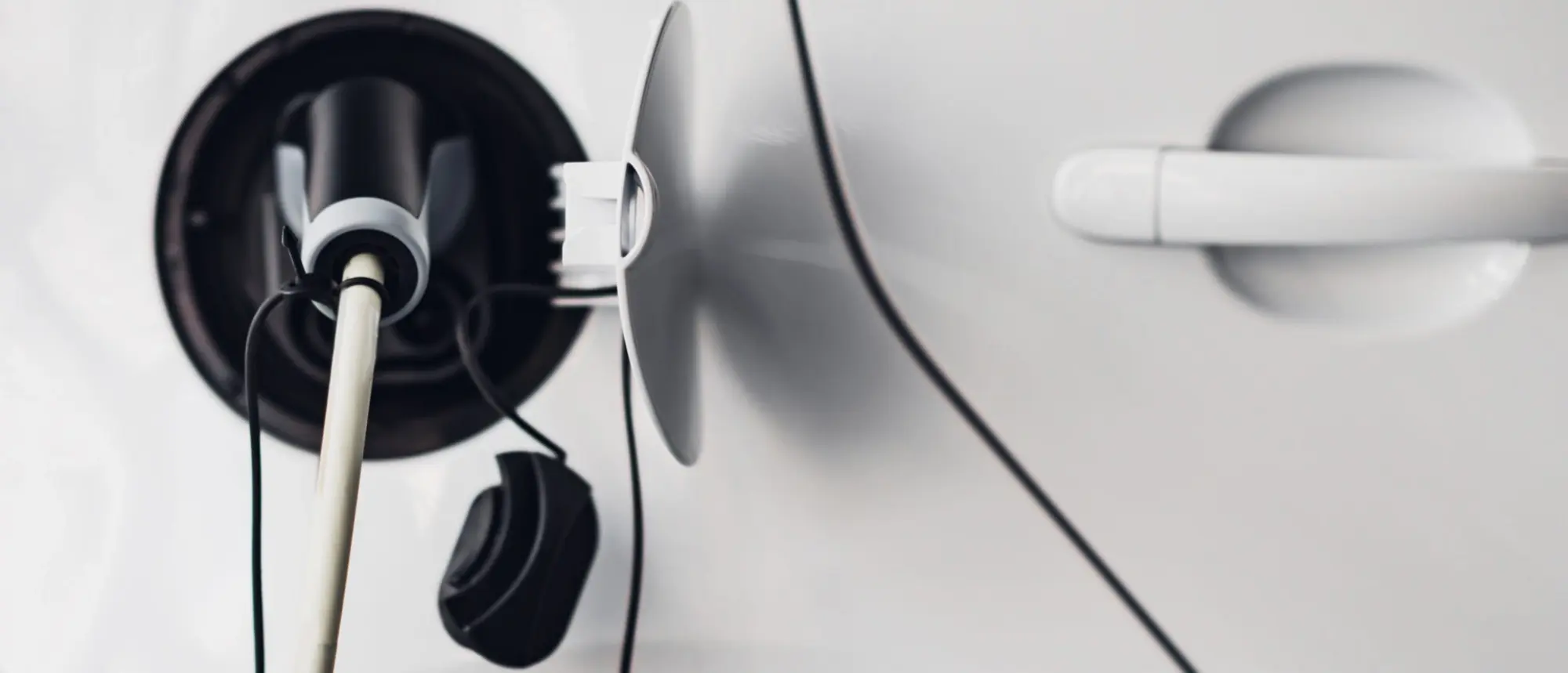You come home, plug your electric car into the household socket with the appropriate Mode 2 charging cable, charge it overnight and get into a fully charged electric car in the morning. This is the daily scenario for electric car owners who do not charge at a wallbox. But what happens to your domestic installation if your electric car fully loads the household socket for 10 hours or more when charging?
Fully charging an electric car from a household socket is equivalent to about 10 hours of boiling water.
To fully charge the battery of your electric car from zero to 100 per cent, you need around 10 hours from a household socket. In terms of electrical power, this is equivalent to a kettle boiling water for over 10 hours. Would you expect your household socket to do this? The answer is probably "no". For good reason! An electric car charges at a household socket for several hours with a charging power of up to 3.7 kW, thus utilising the maximum power of your household socket to the full. However, this is not designed for such continuous loads.
Charging an electric car is not comparable with most other electrical items that are charged at the socket every day, such as a smartphone, which charges at approx. 0.002 per cent of the charging power of an electric car at the household socket. Even larger consumers in the household, such as a hairdryer or hoover, place a significantly lower load on the domestic installation, as the power is only drawn for a few minutes, but the electric car charges for several hours. The longer the current flows, the more the cables and in particular the transition terminals in junction boxes as well as the contacts on the plug and in the socket itself can heat up and there is a risk of cable fire. If you connect the electric car to an older socket or domestic installation, the risk increases further. At best, the fuse will blow; at worst, the socket or cable will burn.
So please only consider charging your electric car at the household socket as an "emergency charging option" and supervise the charging process!
The solution is a wallbox for your electric car. The wallbox is matched to the charging capacity of your electrical installation and communicates to your electric car the maximum current it can charge with. It can be installed both inside a building (e.g. a garage) and outdoors. The wallbox is matched to the charging capacity of your domestic installation by an electrician. If necessary, the electrician will extend the electrical installation so that you achieve the desired charging capacity for your electric vehicle.
In addition to safe and fast charging, the driver of the electric car gains additional convenience. If you use your electric car regularly, you need to charge it every day and don't want to take the charging cable out of the boot every time. With the wallbox, the plug is simply removed from the wall bracket and plugged into the electric car. If you don't want to do this, you can also opt for a model without an attached cable. The wallbox can also be used intelligently by connecting it to the home's own photovoltaic system - ideally combined with an electricity storage unit. Surplus solar energy can then be used to charge the electric car.
